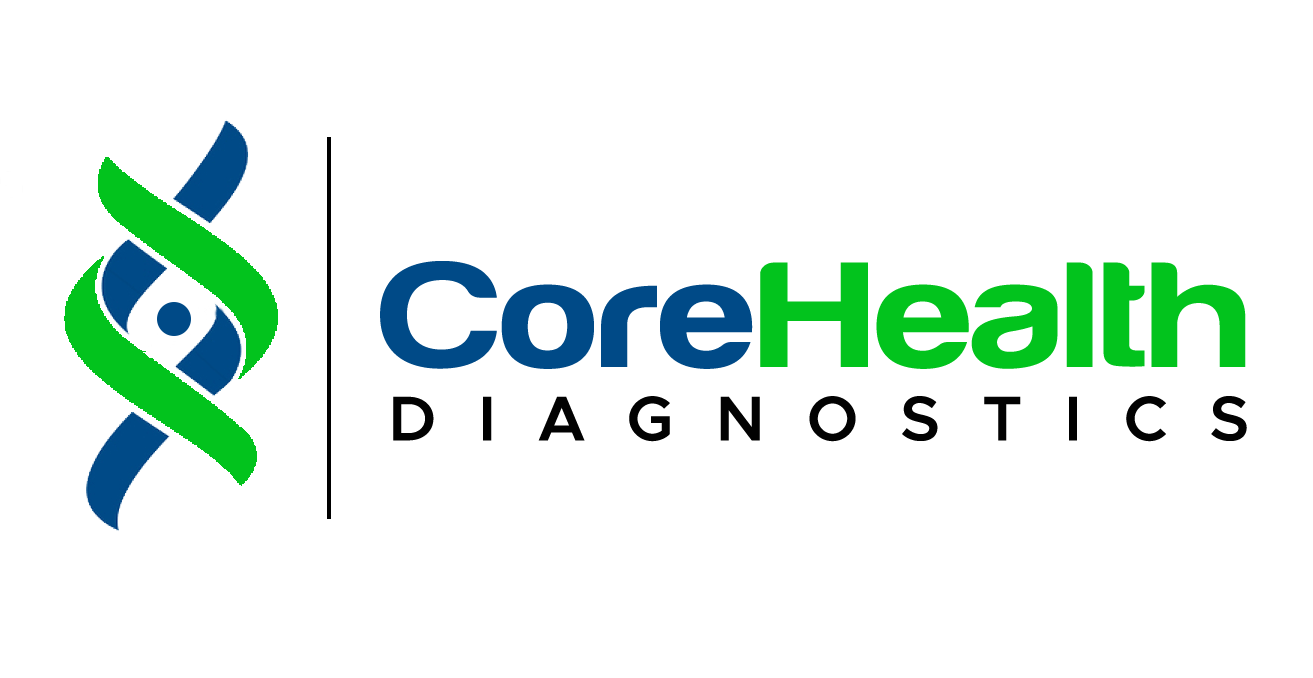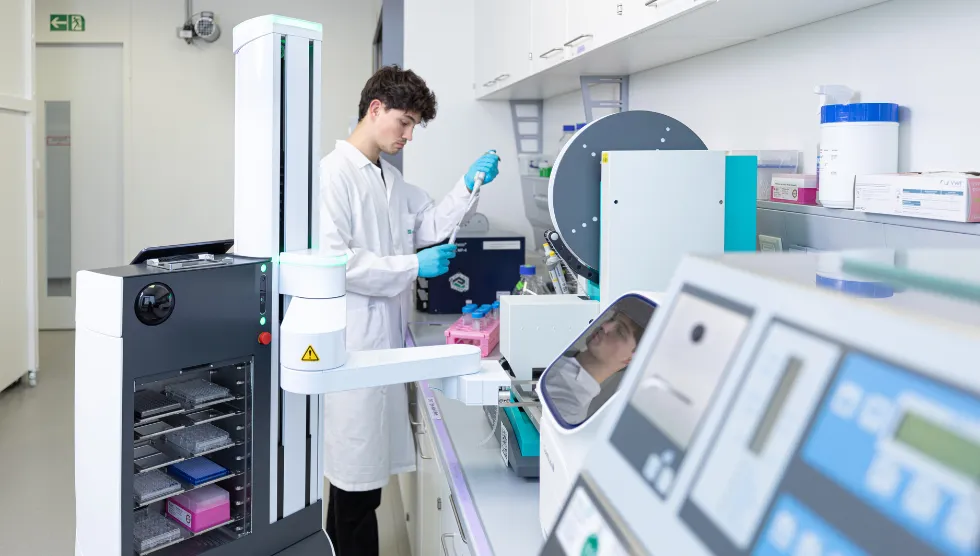Medical laboratories play a vital role in healthcare, helping doctors diagnose diseases, monitor treatments, and conduct research. However, the work in these labs can be time-consuming and prone to human error. To improve efficiency and accuracy, many labs are turning to automation.
Automating medical laboratories means using machines, robots, and software to handle tasks that were once done manually by lab technicians. In this article, we will explore the benefits of automating medical laboratories and how it is changing the healthcare industry.

What is Automation in Medical Labs?
Automation in medical labs involves using advanced technologies to perform tasks such as testing, analyzing samples, and managing data. Instead of relying solely on human workers, machines take over repetitive or complex tasks. This helps speed up processes, reduce errors, and improve the overall quality of lab results.
Examples of automation in medical labs include:
- Robotic arms that handle and prepare samples
- Automated analyzers that perform tests on blood, urine, and tissue samples
- Computer systems that manage and store patient data
- Software that tracks test results and generates reports
Benefits of Automating Medical Laboratories
Automation offers several key benefits that help both lab workers and patients. Let’s look at some of the most important advantages.
1. Increased Efficiency
One of the biggest benefits of automating medical laboratories is the increase in efficiency. Machines can perform tasks much faster than humans. For example, a robotic system can prepare and test hundreds of samples in a fraction of the time it would take a technician. This allows labs to process more tests in less time, which is crucial when dealing with a high volume of patient samples.
By automating routine tasks, lab workers can focus on more important duties, such as interpreting test results and troubleshooting equipment.
2. Improved Accuracy
Human errors can sometimes occur in medical labs, especially when technicians are tired or handling many samples at once. Automation helps reduce these errors. Machines follow precise instructions and are less likely to make mistakes during testing. This leads to more reliable results, which is essential for accurate diagnosis and treatment.
For example, automated analyzers are designed to detect even the smallest changes in samples, ensuring that no detail is missed. This accuracy improves patient outcomes, as doctors can trust the lab results when making important decisions.
3. Faster Turnaround Time
In healthcare, time is critical. Patients often need their test results quickly to begin treatment. Automating medical laboratories helps reduce turnaround time, meaning patients can get their results faster. Automated systems can process samples 24/7 without needing breaks, which speeds up the entire process.
For instance, in emergency situations, quick lab results can make the difference between life and death. Automation ensures that tests are completed promptly, allowing doctors to make decisions faster.
4. Cost Savings
While automating medical laboratories may require an initial investment in equipment and software, it leads to long-term cost savings. By reducing the need for manual labor, labs can lower their staffing costs. Automation also minimizes the need for retesting due to human error, saving money on materials and time.
In addition, automated systems require less maintenance and can work more efficiently, further reducing operational costs. Over time, these savings can offset the upfront costs of automation.
5. Enhanced Data Management
Managing data in a medical lab can be overwhelming, especially with the large volume of samples being tested daily. Automation helps labs organize and store data more efficiently. Automated systems can track each sample from the moment it is received to when the test results are generated.
Software used in automation can also integrate with electronic health records (EHRs), ensuring that patient data is securely stored and easily accessible. This improves communication between healthcare providers and speeds up the process of delivering test results to doctors.
6. Better Workflow
Automation streamlines the workflow in medical labs by organizing tasks and reducing the need for manual intervention. With machines handling repetitive tasks, lab technicians can focus on higher-level responsibilities, such as analyzing complex cases or performing quality control checks.
This leads to a more organized and structured work environment, where tasks are completed smoothly and efficiently. Automation also helps reduce bottlenecks in the lab, ensuring that every part of the testing process runs smoothly.
7. Reduced Risk of Contamination
In medical labs, contamination can lead to inaccurate test results. Human handling of samples increases the risk of cross-contamination, especially when dealing with infectious diseases. Automation minimizes this risk by reducing direct contact between technicians and samples.
Robotic systems and automated machines handle samples in a controlled environment, preventing the spread of contaminants. This helps ensure that test results are clean, accurate, and reliable.
Types of Automation in Medical Laboratories
There are several types of automation used in medical labs today. These technologies work together to improve lab operations and deliver better outcomes for patients.
1. Pre-analytical Automation
Pre-analytical automation refers to the processes that happen before a test is performed. This includes sample collection, labeling, sorting, and preparing the samples for analysis. Robotic arms and conveyors are often used in pre-analytical automation to handle these tasks.
By automating these steps, labs can reduce errors in sample handling and ensure that each sample is correctly prepared for testing.
2. Analytical Automation
Analytical automation involves the actual testing and analysis of samples. Automated analyzers perform tests on samples such as blood, urine, or tissue. These machines are equipped with sensors and software that detect and measure various substances in the samples.
Analytical automation improves the speed and accuracy of testing, allowing labs to process more samples in less time.
3. Post-analytical Automation
Post-analytical automation refers to what happens after the test is completed. This includes sorting test results, generating reports, and storing data. Automated systems can send test results directly to the patient’s electronic health records (EHR), ensuring that doctors receive the information quickly.
Post-analytical automation improves the efficiency of data management and reduces the chance of errors in reporting.
Challenges of Automating Medical Laboratories
While automation brings many benefits, it also presents some challenges. One challenge is the cost of implementing automated systems. Labs need to invest in advanced equipment, software, and training for staff. This can be expensive, especially for smaller labs with limited budgets.
Another challenge is the need for regular maintenance of automated systems. Machines require routine servicing to ensure they operate correctly. If a machine breaks down, it can disrupt lab operations and cause delays.
Lastly, while automation reduces the need for manual labor, it may also lead to job loss for some lab technicians. Labs need to balance the use of automation with providing opportunities for skilled workers.
Conclusion
Automating medical laboratories offers many benefits, including increased efficiency, improved accuracy, faster turnaround times, cost savings, and better data management. By using advanced technologies such as robotic systems and automated analyzers, labs can improve their workflow and provide faster, more reliable test results for patients.
While there are some challenges to implementing automation, the long-term benefits make it a valuable investment for the healthcare industry. As technology continues to advance, automation will play an even bigger role in the future of medical laboratories, helping to improve patient care and streamline lab operations.




